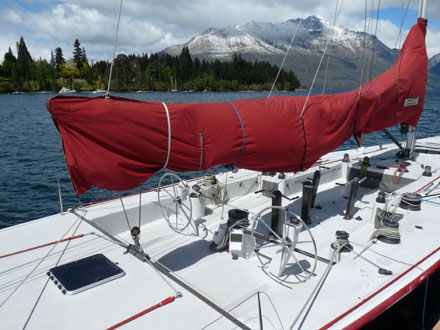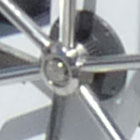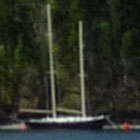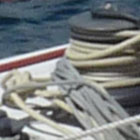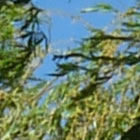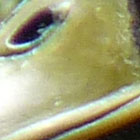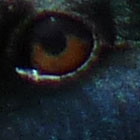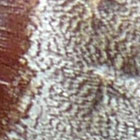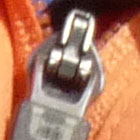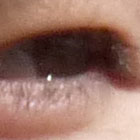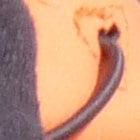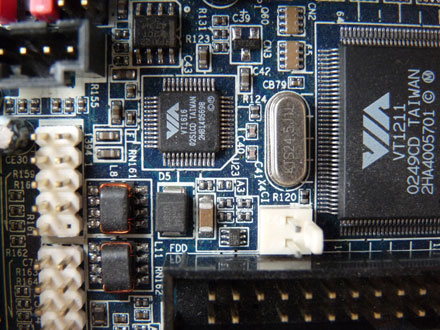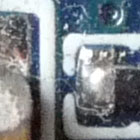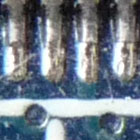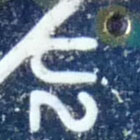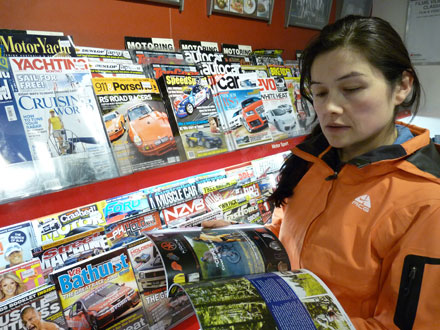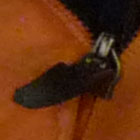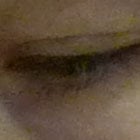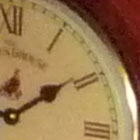Panasonic Lumix DMC-FZ28
-
-
Written by Gordon Laing
Panasonic Lumix DMC-FZ28 gallery
| |||||||||||||||||||||||||||||||||||||||||||||||||||||||||||||||||||||||||||||||||||||||||||||||||||||||||||||||||||||||||||||||||||||||||||||||||||||||||||||||||||||||||||
The following images were taken with the Panasonic Lumix DMC-FZ28. Unless otherwise stated, the FZ28 was set to Program mode with 10M Fine quality, Auto White Balance, Multiple Metering, and the default zero positions for Picture Adjustments. Image Stabilisation was enabled for all these handheld images.
The individual exposure mode, file sizes, shutter speeds, aperture, ISO and lens focal length are listed for each image.
The crops are taken from the original files, reproduced at 100% and saved in Adobe Photoshop CS2 as JPEGs with the default Very High quality preset, while the resized images were made in Photoshop CS2 and saved with the default High quality preset.
The three crops are typically taken from far left, central and far right portions of each image.
Note: you may wish to open a number of galleries for direct comparison of detail and noise: Canon PowerShot SX10 IS sample images, Panasonic Lumix DMC-LX3 sample images and Canon PowerShot G10 sample images.
